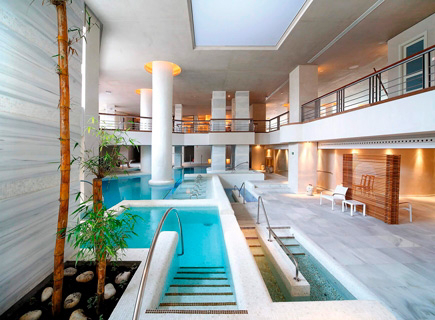Age-old traditions and romerías: Tenerife is an island of culture
If you want to get under the skin of the island on your next holiday, discover all of the celebrations, traditions and romerías Tenerife has to offer
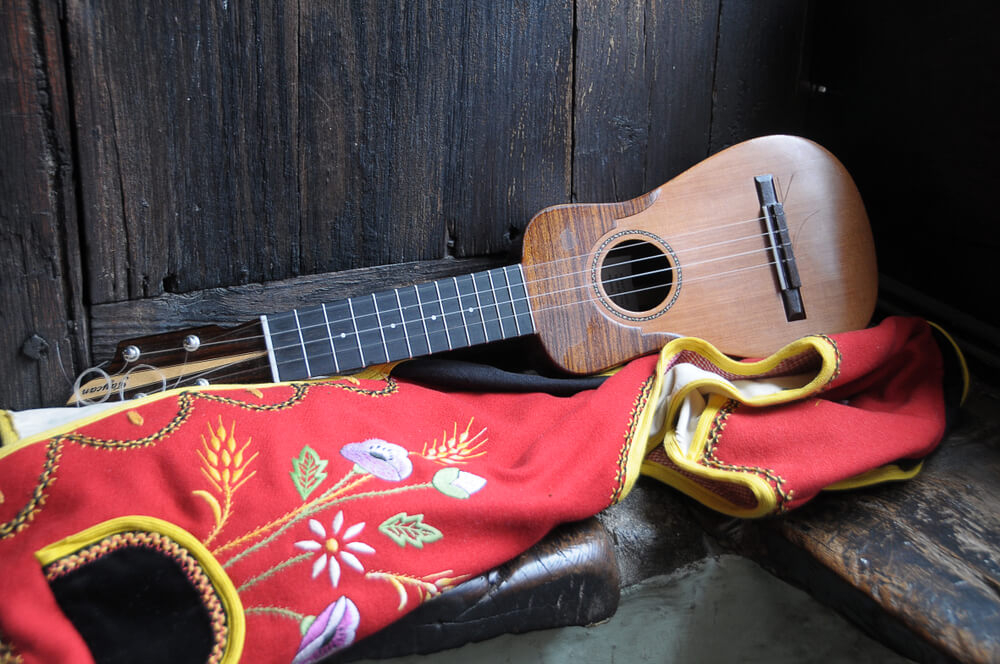
While Tenerife may be famous for its year-round sunshine and fabulous fly-and-flop beach breaks the island is so much more than that. While the bucket and spade brigade may stick to the island’s southern, sun-drenched coastline, more curious minds will be fascinated by the traditions, regional celebrations and romerías Tenerife has to offer. These annual celebrations form a key part of the social calendar for locals and are a great opportunity for travellers to join in the fun. If you are looking for unique plans in Tenerife during your stay in the Canary Islands, mark your calendars for these town parties and traditional celebrations and prepare to live life like a local.
What are the romerías in Tenerife?
A romería in Tenerife blends Christian and Pagan beliefs combining a harvest festival with a religious pilgrimage. These town parties are held all over the island during the year to honour the village’s local saint, to whom the success of the harvest is attributed. While the origins of romerías in Tenerife are unknown, it is reported that some like the romería in Garachico have been taking place since the 17th century, initially to express gratitude to San Roque for helping the village through a plague epidemic.
Everything starts with a mass in tribute to the saint, and then the saint is paraded around the village. The carts follow along, pulled by oxen and carrying food, and everyone processes along until they reach the central square, where the party continues. The fact that it’s a harvest festival means that eating and drinking have always been big parts of the celebration.
Locals wear brightly coloured traditional dress, and there are traditional parranda groups playing music whilst people dance. There’s also plenty of local Canary Islands wine and food, with dishes such as Canarian ‘wrinkly’ potatoes, carne fiesta and gofio.
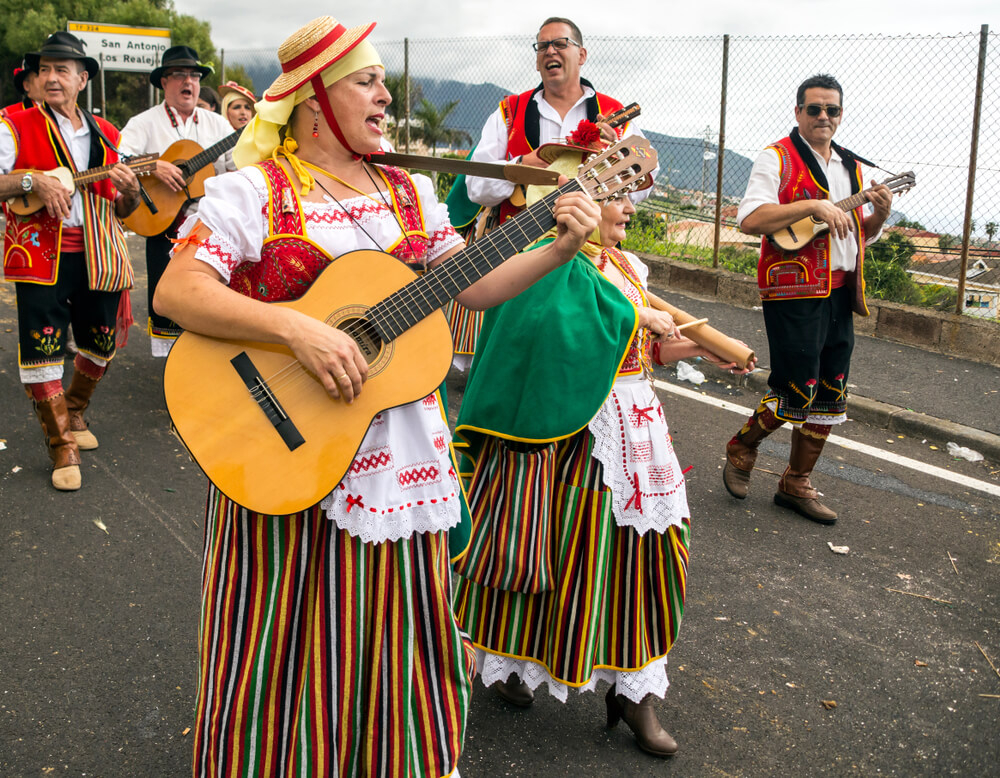
Traditional dress is a must at the romerías
When it comes to romerías, Tenerife has many, but where are they held?
If you want to find the best romerías Tenerife celebrates you can find them throughout the year starting in January. Yet some romerías in Tenerife are more famous than others. La Orotava is renowned for its colourful displays and lively atmosphere, meanwhile, the romería of Tegueste pulls in the crowds, offering a glimpse of the island's deep-rooted traditions.
La Orotava is renowned for its colourful displays and lively atmosphere, meanwhile, the romería of Tegueste pulls in the crowds
Other notable romerías include those in Adeje, Buenavista del Norte, and Santiago del Teide, each bringing together locals and visitors alike to revel in the island's spirit and pay homage to its saints and agricultural bounty.
What to know about visiting the romerías in Tenerife
Romerías in Tenerife normally start in the early afternoon and go on all day. Processions last about two to three hours. Make sure you take a disposable cup with you so that you don’t miss out on all the free wine that flows. On that note, it’s normally best to take the bus to romerías so that you can really let your hair down. Be prepared for a lively atmosphere and for crowds, and to get stuck in! Most visitors to Tenerife don’t see this side of the island, but it’s a fantastic way to get a true insight into the colourful, many-layered local culture, whilst having plenty of fun.
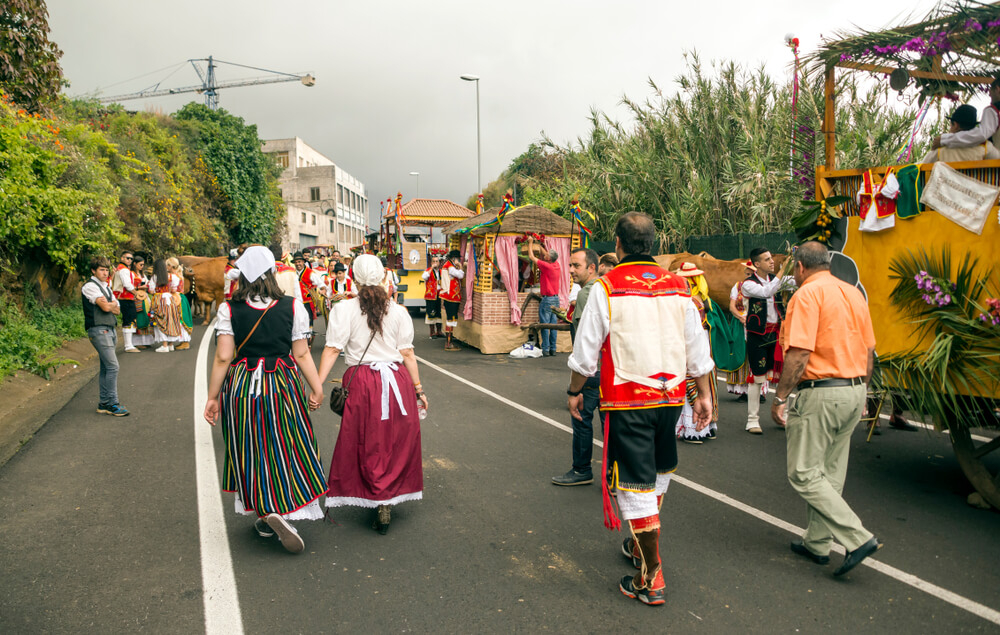
A traditional romería parade
It’s not all romerías, discover more Tenerife traditions
During your holidays in Tenerife, you may be lucky enough to coincide with one of these traditional celebrations. The culture in Tenerife is deeply rooted in the church so don’t be surprised that most of the town parties and festivities have religious undertones. If you fancy discovering unique things to do in Tenerife during your travels, these events are a must-see during your stay.
Baile de Magos, Santa Cruz
The May parties are legendary in Tenerife and the best place to enjoy them is Santa Cruz, the island’s capital, home to the Occidental Santa Cruz Contemporáneo. One of the most celebrated events of them all is the Baile de Magos. Held the night before the Day of the Cross, hundreds of people dressed in traditional attire flock to one of the city’s oldest streets, Calle La Noria. Here rows upon rows of tables, which must be reserved in advance, are set ready for a feast of traditional cuisine. This delicious display of Canarian culture echoes the spirit of the romerías Tenerife is famous for but in a more controlled environment. The dress code is strict and folkloric music is the soundtrack for the evening.
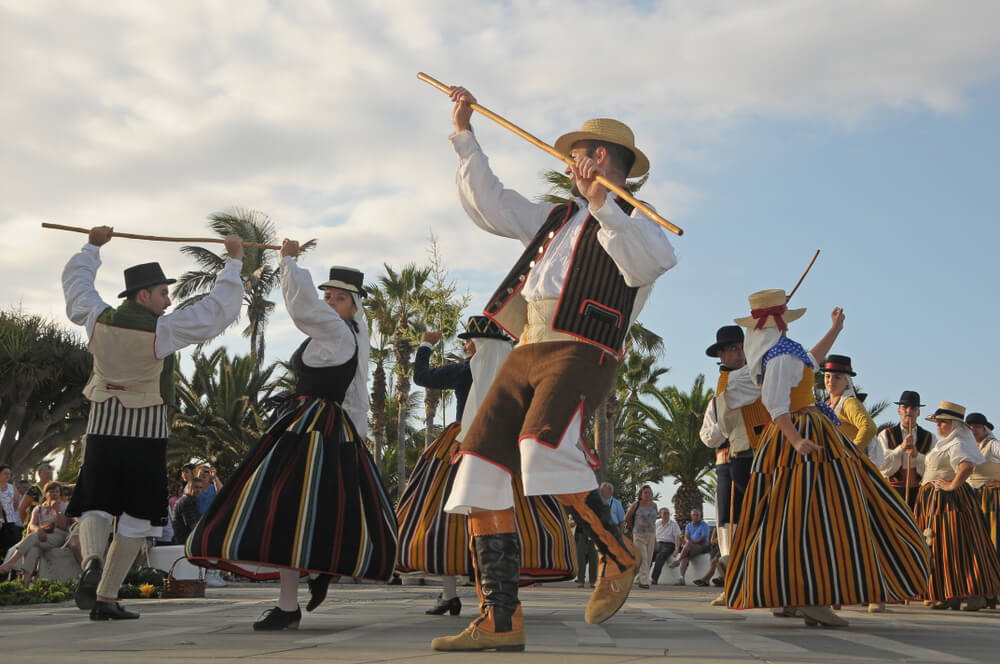
Baile de Magos
The Day of the Cross, a traditional Tenerife celebration
If you happen to be staying in Santa Cruz, during the first week of May you will be able to enjoy the Festival of the Cross, held each year on May 3rd. This festive day follows a tradition set almost 500 years ago when the city was founded and locals compete for the most beautiful cross.
This festive day follows a tradition set almost 500 years ago when the city was founded
The night before, locals dress in traditional dress and enjoy a delicious traditional Canarian meal known as the Baile de Magos, in the city’s oldest street, Calle La Noria, as mentioned above. To enjoy the crosses, head to the Rambla where you can admire these floral sculptures up close.
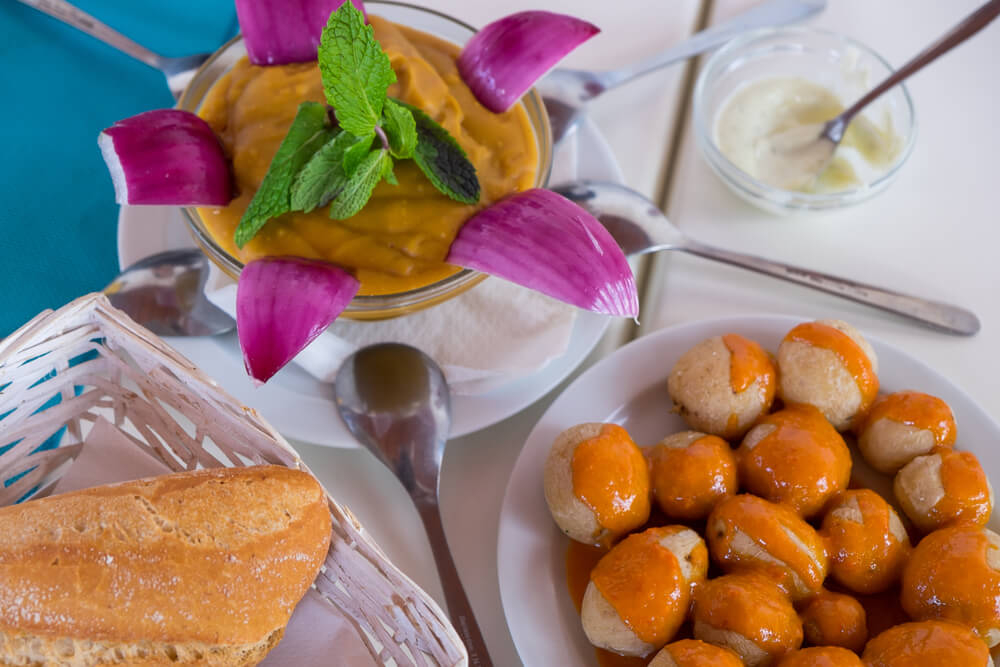
Traditional Canarian food
The Tapestries of La Orotava, an exhibition of Tenerife culture
If you miss the romerías, Tenerife offers many opportunities to enjoy local culture. One of the most magical celebrations is the Corpus Christi sand tapestries of La Orotava. Each year, before the Corpus Christi religious procession, the patio in front of the town hall transforms into a colourful work of art. Local artisans create lifelike images using sand and flowers from the El Teide National Park depicting biblical scenes. These artisans work day and night to create these backbreaking displays of devotion that stretch 800 square metres across the square. Get there early to catch a glimpse of this artistic tradition.
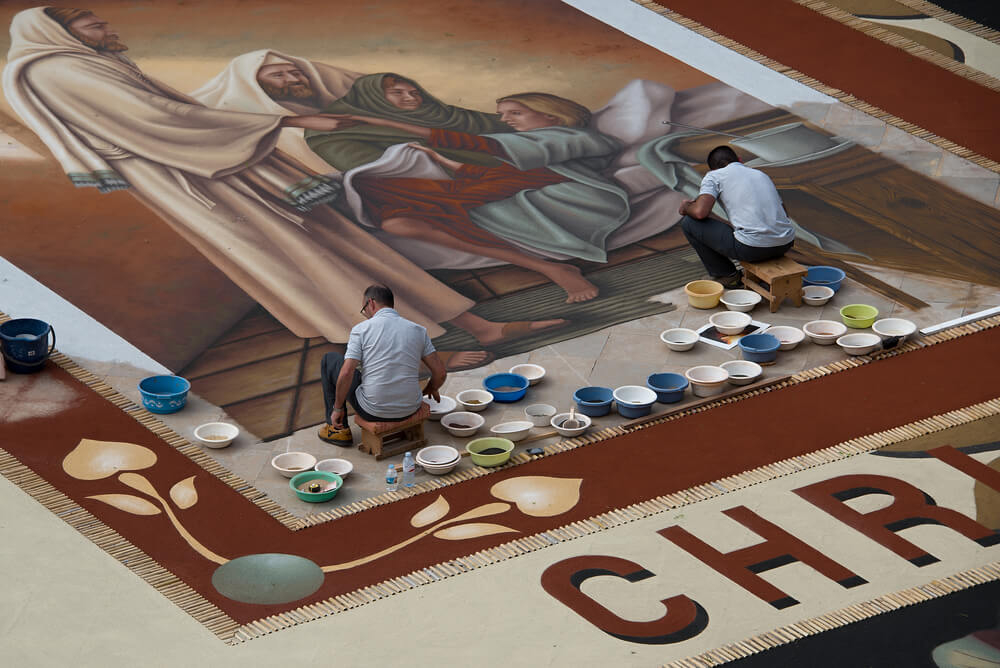
The La Orotava Corpus Christi sand paintings
Enjoy a taste of town rivalry at Los Corazones de Tejina
Tenerife is more than romerías, many town parties are equally as fun. The Los Corazones de Tejina is one of them. During this celebration, the three main districts: Calle de Arriba, Calle de Abajo and El Pico compete with each other by creating the most beautiful heart-shaped structures. Held on the Sunday after the 24th of August on the feast of Saint Bartolomé, this festival attracts hundreds of people, all eager to catch a glimpse of these hearts, some of which weigh up to 800 kilos. Created from beech branches, flowers and fruits these hearts are paraded by the men of the town to the town square where they are placed vertically for public viewing. The day turns into an evening of traditional dance and the following day an auction is held to sell off the fruit from the hearts. The highest bidder gets to take home a piece of the decoration, something which is considered to be a great honour.
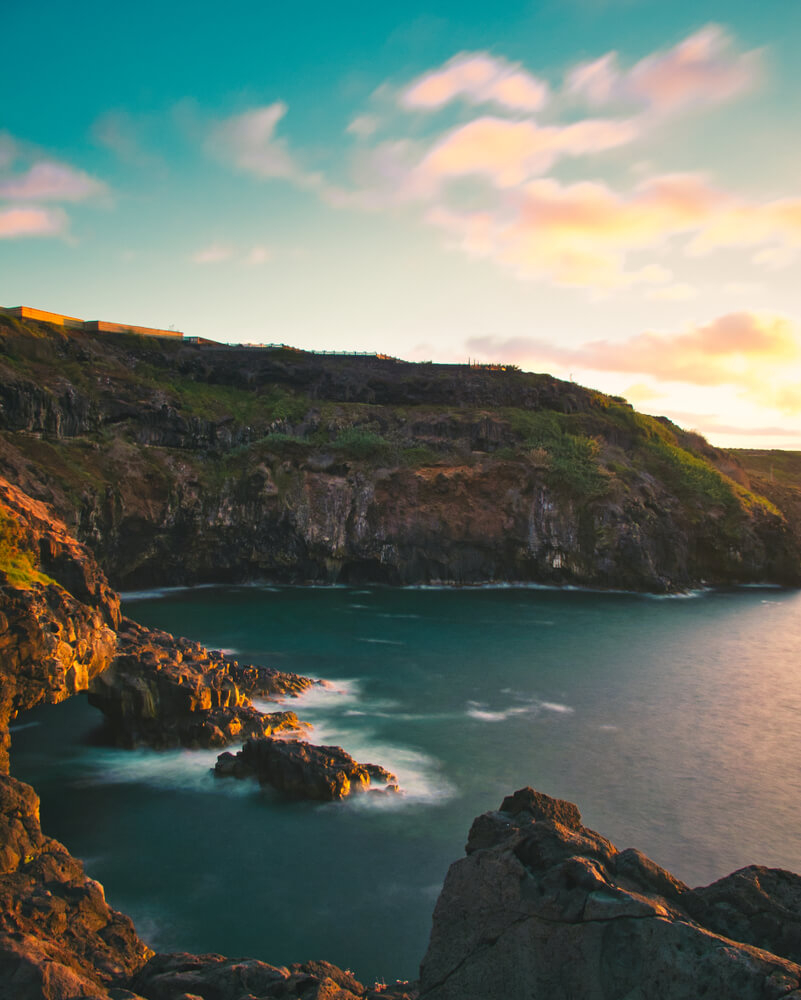
The town of Tejina hosts one of the most famous town parties each August
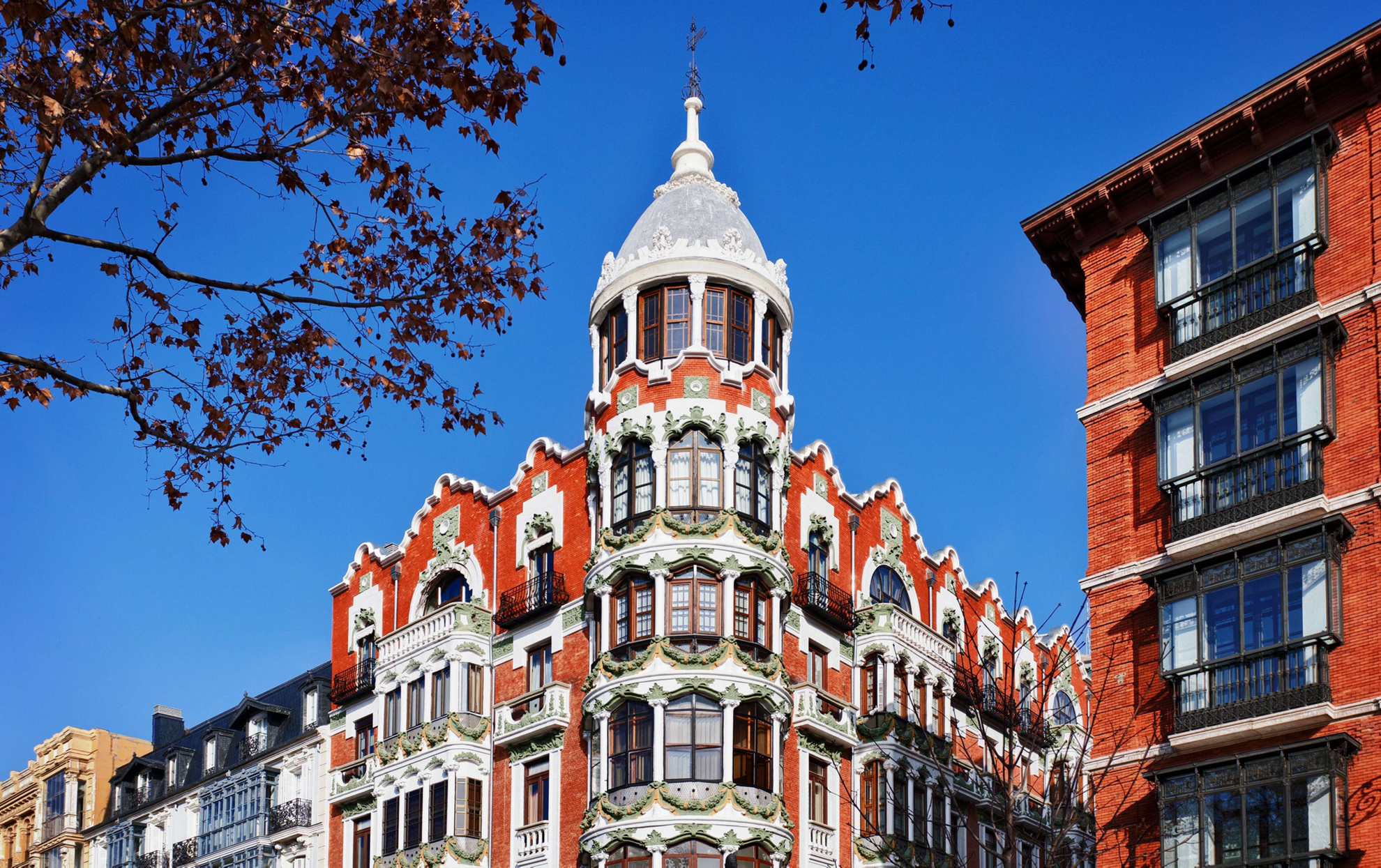
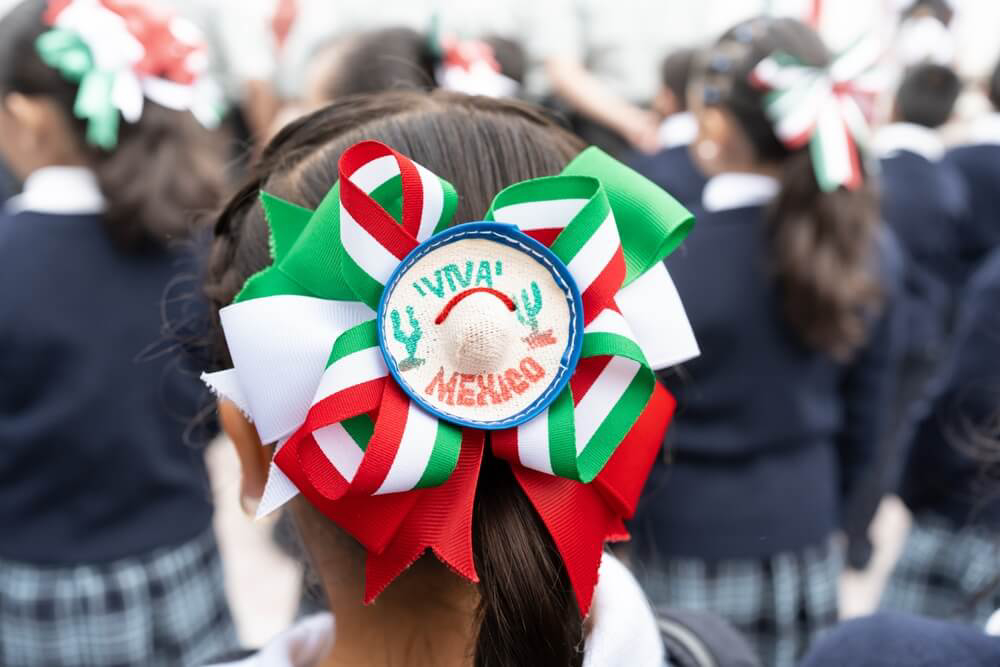
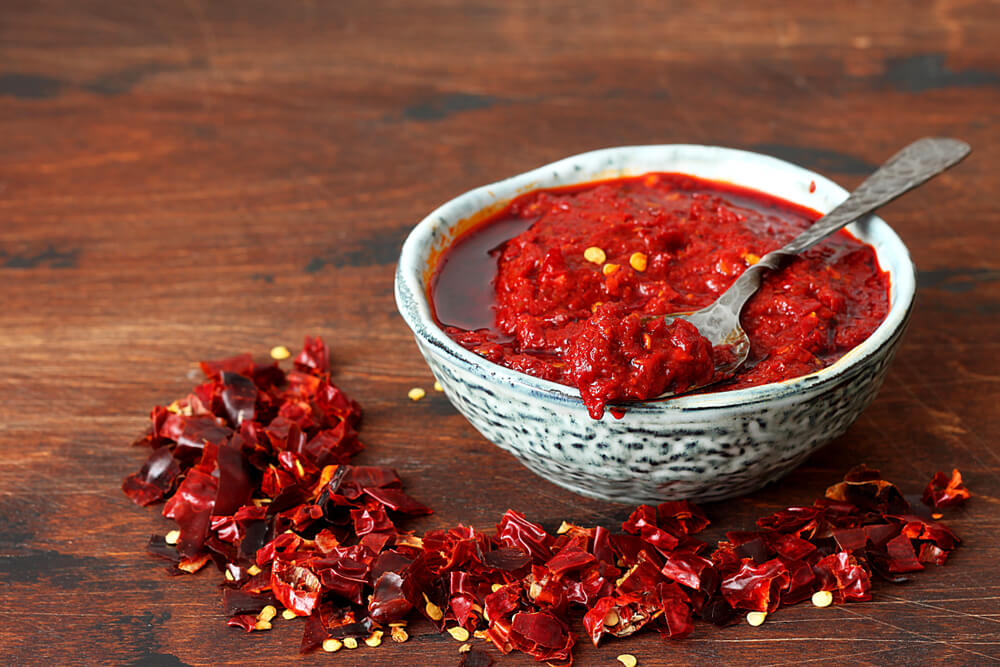
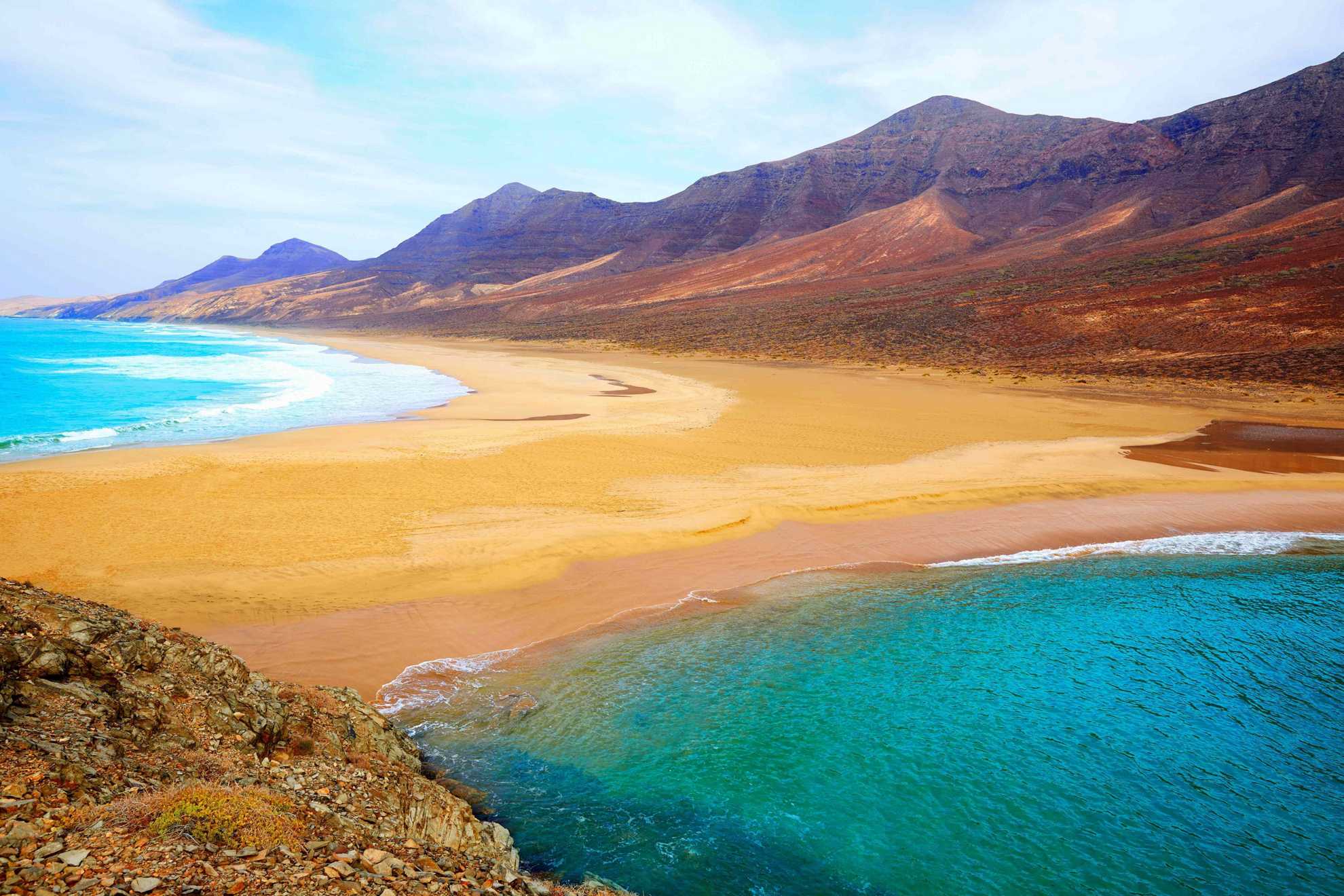




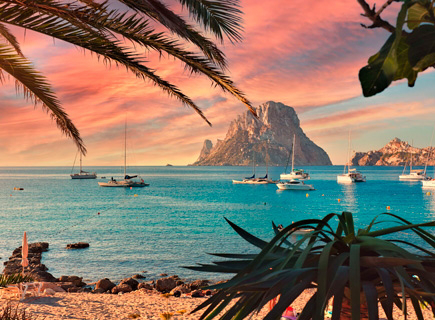
_435x320?&)
